Description
Tomato Red Zebra (Improved)
Tomato Red Zebra (Improved). An eye catching Heirloom standard sized round variety with fire engine red fruits overlaid with golden yellow stripes. Cordon (Indeterminate).
Cultivation Advice
- Choose well-draining, fertile soil with a slightly acidic to neutral pH (6.0-7.0).
- Enrich the soil with organic matter like compost or well-rotted manure to improve nutrient content.
- Start Red Zebra (Improved) tomato seeds indoors 6-8 weeks before the last expected frost.
- Transplant seedlings into the garden after the danger of frost has passed, ensuring proper spacing (18-24 inches apart).
- Provide full sunlight exposure for Red Zebra tomatoes, ensuring they receive at least 6-8 hours of sunlight daily for optimal growth and fruiting.
- Maintain consistent soil moisture throughout the growing season. Water deeply and regularly, particularly during dry spells.
- Apply a layer of organic mulch around the base of the plants to retain soil moisture, suppress weeds, and regulate soil temperature.
- Given that Red Zebra (Improved) tomatoes may produce heavy clusters, provide adequate support to prevent branches from breaking under the weight.
- Use a balanced, all-purpose fertilizer at planting and periodically throughout the growing season.
- Adjust fertilization based on plant needs and soil conditions, avoiding excessive nitrogen which may result in lush foliage and fewer fruits.
- Determine the growth habit of Red Zebra (Improved). Prune indeterminate varieties by removing suckers and lower foliage to improve air circulation.
- Regularly inspect for common tomato pests such as aphids, hornworms, or whiteflies.
- Implement natural pest control methods or introduce beneficial insects to manage pest populations.
- Water at the base to minimize the risk of fungal diseases. Mulch can help prevent soil-borne diseases by reducing soil splashing onto foliage.
- Harvest Red Zebra (Improved) tomatoes when they reach their full color and have a slightly soft feel. These tomatoes typically display red and yellow stripes when ripe.
- Pair Red Zebra (Improved) tomatoes with companion plants like basil, marigolds, or chives to deter pests and enhance growth.
- Consider growing Red Zebra (Improved) tomatoes in large containers with proper drainage for patio or balcony cultivation.
- Understand the growth habit of Red Zebra (Improved) to determine pruning and support needs, especially for indeterminate varieties.
- Wait until the soil has warmed before transplanting seedlings to ensure optimal growth.
- Red Zebra (Improved) tomatoes thrive in warm temperatures. Plant them after the soil has warmed up, and protect young plants from late spring frosts.
- Water the plants at the base to prevent water from splashing onto the foliage, reducing the risk of fungal diseases.
- Avoid overhead watering, especially during the evening, to allow foliage to dry before nighttime.
- Regularly inspect the foliage for any signs of diseases or pests. Early detection allows for timely intervention.
- Given the potential for heavy fruit clusters, provide additional support for branches laden with tomatoes to prevent breakage.
- Harvest tomatoes when they reach their mature color for optimal flavor. Red Zebra (Improved) tomatoes are typically ready for picking when the stripes become more pronounced.
- Practice crop rotation to reduce the risk of soil-borne diseases. Avoid planting tomatoes in the same location every year.
- Install sturdy tomato cages around the plants early in the growing season to provide support as they mature.
- Implement organic pest control methods, such as introducing beneficial insects or using neem oil, to deter common tomato pests.
- In cooler climates, consider using season extension techniques like row covers to protect plants from late spring or early fall frost.
- Check if there are disease-resistant varieties of Red Zebra (Improved) available. Opting for resistant varieties can contribute to overall plant health.
- In late summer, consider light pruning to improve air circulation and sunlight penetration, especially if the plant has dense foliage.
- Use a moisture meter to monitor soil moisture levels and adjust watering practices accordingly to prevent overwatering or underwatering.
- Explore natural mulching alternatives like straw or shredded leaves to maintain soil moisture and regulate temperature.
- Periodically amend the soil with organic matter to replenish nutrients and improve soil structure.
- Keep a garden journal to record observations, including plant growth, flowering patterns, and any challenges faced, for future reference and improvement.

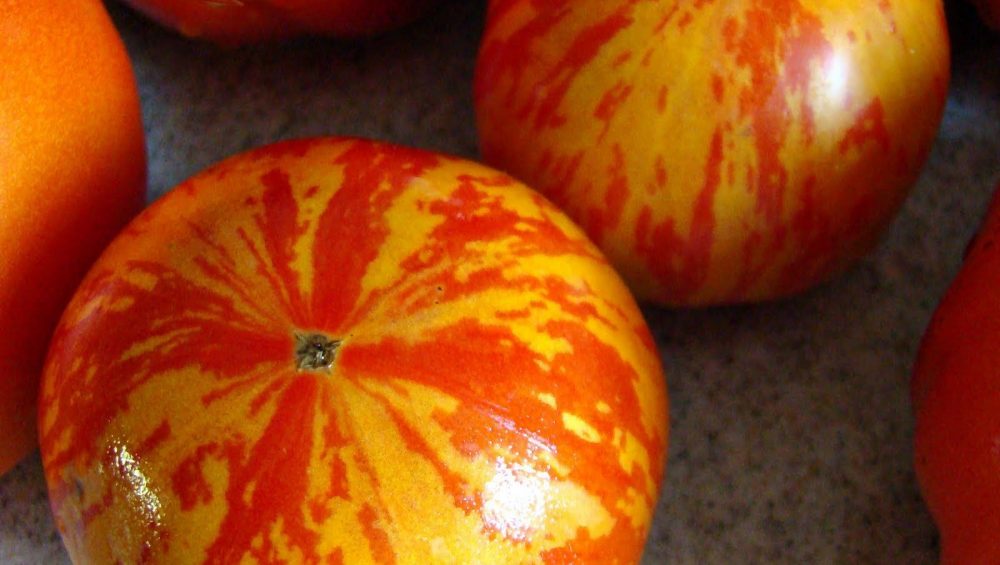
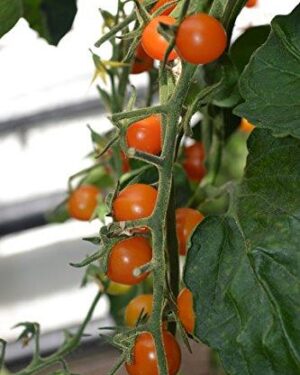

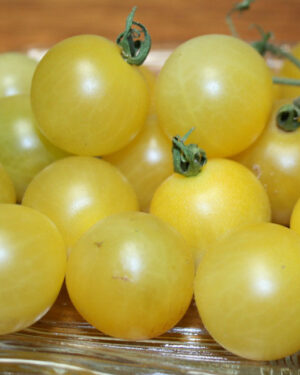
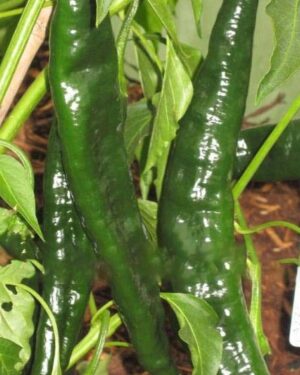
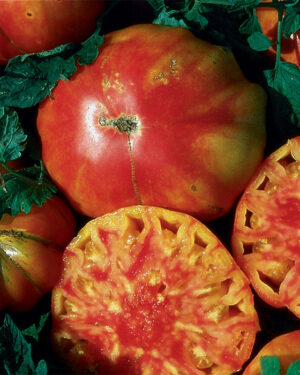
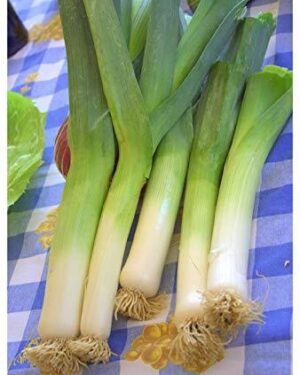

Reviews
There are no reviews yet.